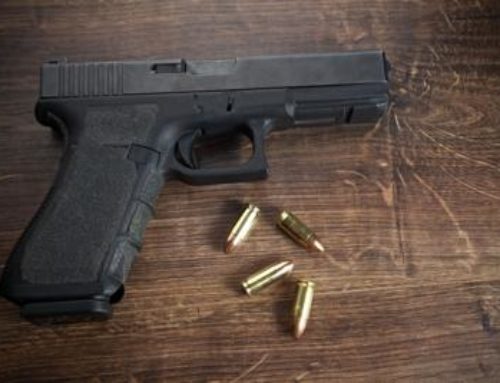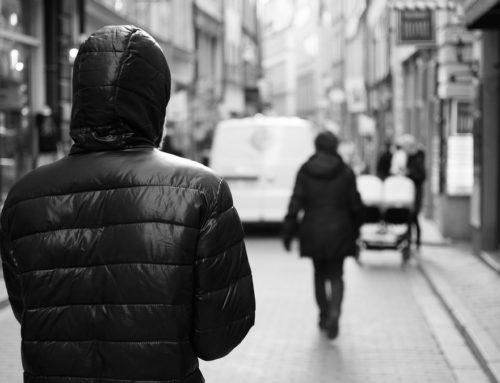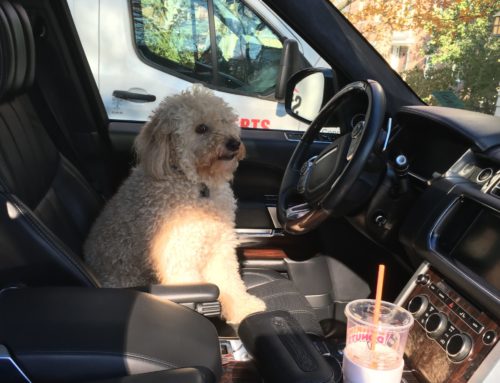Motorcycles can be fun, thrilling and give the rider a heart pounding burst of extreme adrenaline. Our lead attorney, Marc, knows the thrill first hand! But, with that excitement there are also high risks and potentially dangerous accidents & injuries. In fact, the National Highway Traffic Safety Administration estimates that motorcycle deaths occur 26 times as often as auto fatalities and nearly half of all motorcycle deaths are the result of single-vehicle crashes. When you travel in a car or truck, you are protected by the automobile itself, as well as seat belts, air bags, and other standard safety features. That’s not the case with a motorcycle, so you are significantly more vulnerable. Don’t let the odds stack against you. Cruising the streets on a bike can be both exhilarating and safe.
Many motorcycle enthusiasts experience and enjoy a lifetime of riding a bike without injury. The key to optimizing your odds is that it is essential to be prepared and avoid risks. Once your awareness increases, the chance for potential danger decreases. Although no form of transportation is ever 100%, take responsibility for your actions and use your own decisions, power and control to navigate on the roads.
1) Wear protective gear and dress for safety. Prioritize wearing clothing that will provide protection. Consider all the elements you may encounter including the weather, bugs and insects or animals and road conditions such as debris and any random objects. You’ll want to avoid road rash or injuries if there’s an accident or if you need to slide out.
- Wear a high quality helmet and use effective eye protection, such as a helmet visor or goggles. The bike’s windshield or glasses will not permit sufficient safety precautions. According to the Centers for Disease Control and Prevention (CDC), helmets reduce the risk of head injury by 69 percent. What’s more, helmets reduce the risk of death from a motorcycle accident by 37 percent.
- Wear bright clothing and a light-colored helmet. Drivers that hit motorcyclists often report not seeing them, so make sure you are as visible as possible.
- Wear leather or other thick, reinforced jacket, gloves, full length pants and over-the-ankle footwear (regardless of season or temperature). You can purchase specialty jackets with padding and breathable mesh material that will simultaneously provide protection and ventilation for riding in warmer weather.
- Keep in the forefront of your mind that the only thing separating you and the road is your protective clothing and gear.
2) Be visible and ride defensively. A recent study revealed that in collisions involving a motorcycle and a car, car drivers were at fault 60 percent of the time. Stay extra aware and alert, especially in this age where there are so many distractions on the roads. Drivers using phones, GPS systems and texting are not using the safety measures that provide optimal road safety precautions.
- Remember that motorists often have trouble seeing motorcycles and they may have a slower reaction time. You can enhance your visibility by using reflective strips or decals on your clothing and bike, by always turning on your headlight and by flashing your brake light while you are slowing down or prior to stopping.
- Be aware of blind spots. Cars and trucks have blind spots and don’t always use their mirrors or check their surroundings. Do not drive your bike in areas that don’t let motorists see you. If you suspect that a motorist doesn’t know you are there, use your horn to give them warning.
- Keep an eye out and use defensive operating skills to help you anticipate or react to other operators. Watch for cars changing lanes, pulling out from side streets and vehicles slowing down or speeding up. Use proper driving techniques: don’t tailgate, don’t speed, and keep a safe distance from other motorists as to ensure you have enough stopping distance and so you have time to react to obstacles in the road.
3) Avoid bad weather or inclement conditions. Rain, wind, snow, ice or any slippery conditions greatly increase your margin for error. Abstain from hopping on your bike during any weather that limits your visibility and decreases your safety.
- Slick roads can reduce your tires’ grip on the road, which can make cornering and navigating much more difficult.
- If you find yourself caught in bad weather or it’s completely unavoidable to ride in poor weather conditions, be sure to take precautions and avoid making sudden maneuvers.
- Be particularly gentle with the brakes, throttle, and steering to escape sliding. If you’re riding in strong winds, be anticipatory of the potential push from the side by moving to the side of the lane the wind is coming from. This technique will allot for some leeway in the lane, should the wind gusts sway you.
4) Watch for road hazards and try to steer clear. Since motorcycles have less contact with the pavement and are smaller in size and less stable than a car, objects and road conditions are more dangerous for bikes.
- Be cognizant of sand, leaves, pebbles, bumps, potholes, dead animals, slippery conditions, uneven roads and any other unexpected objects or inconsistencies that could have a negative effect on you and your bike.
- Any irregularity in road conditions can cause a motorcycle to slide unexpectedly or result in an accident. Remember that things that would not be significantly noticeable in a car, can conversely be a serious danger or threat for a motorcyclist.
- If you can’t avoid a hazard or you notice it too late, safely slow down as much as possible before making contact.
5) Always look where you want to go. Your motorcycle will go in the direction you are looking.
- For example, if you’re looking at a curb then you’re liable to hit it.
• If traffic in front of you suddenly stops and you’re staring directly at the bumper, you may become part of it. - Focus on looking for clear, open spots, looking through turns and keep your gaze in an observant manner. Stay aware of your surroundings and maneuver your bike safely.
6) Practice, Practice, Practice! The more experienced a rider becomes, the better they will be at navigating the roads.
- A seasoned motorcyclist will anticipate what is occurring around them faster, be able to negotiate proper techniques and adapt to any hazards or surprises they encounter.
- Ride with those who are near or slightly above your experience level. Don’t attempt to hit the roads with riders that will operate in speeds greater than what you are comfortable with or who plan on riding on roads that you are unfamiliar with. Learn from bikers that have more experience than you, but make sure they are aware of your level and skills.
- The best thing to gain better judgement, safety, skills and experience is with practice.
7) Get proper training. Professional training is essential in becoming a skilled and knowledgeable rider. Without a doubt, professionally delivered training can make you a better rider, overall.
- Anyone can benefit from a training course including a former rider or someone who has taken a hiatus from the sport, someone with a little experience or someone who is joining the ranks for the very first time.
- If you are an advanced rider, refresher courses will keep your skills sharp and education up to speed.
- To find a training course near you, contact The Motorcycle Safety Foundation (MSF). Call (800) 446-9227 for a RiderCourse nearest you or email MSF@msf-usa.org.
8) Buy a bike that you are equipped to handle. Motorcycles are powerful, fast and high performing vehicles and you need to be able to operate, control and maneuver it.
- Once you have made the decision to start riding, the next step is to purchase a bike suitable for you and your needs.
- The fit of the bike is extremely important. When you are seated, you should be able to rest both feet flat on the ground. The handlebars and controls should be easy to reach. Select a make and model that you can get on and off of easily. If the bike feels too heavy or uncomfortable, it’s not to right one for you.
9) Don’t drink or do drugs when riding a motorcycle. Just like operating any vehicle, drunk or intoxicated motorcycle riding is illegal and dangerous.
- When you’re riding a motorcycle, you are required and often forced to react quickly and make decisions under pressure. It is essential to be clear and level headed to navigate with confidence, precision and safety.
- Alcohol and drug use can slow your reaction time, influence you to operate recklessly, give you a false sense of fearlessness and give you poor judgement.
- Avoiding accidents are challenging enough as it is, so remaining sober while driving is crucial to you and everyone else on the roads.
- Remember, motorcycles don’t provide as much protection to the rider as do other forms of transportation, so crashes involving alcohol or substance abuse are significantly more likely to result in death or serious injury.
10) Don’t speed! The urge to drive faster than the posted speed is very tempting on a motorcycle. The rush of adrenaline makes it increasingly difficult to resist testing the limits and pushing the envelope.
- Close to half of the accidents involving a single motorcycle are caused by speeding or impaired operation. That’s a high number of avoidable collisions that can be reduced with obeying the speed limits.
- Being on two wheels can be more dangerous than four and requires attentiveness to safety precautions and the law.
The Team at Schulze Law sincerely hopes you stay safe and enjoy yourself when operating your motorcycle. Unfortunately, we know that regardless of how many precautions you take, accidents can still occur. If you’re injured in a motorcycle accident, the attorneys and staff of Schulze Law will ensure that you receive justice as the injured rider. Marc Schulze is personally invested in protecting you as a motorcyclist, as he is a rider himself.
CALL NOW: 857-300-5300 Emergency After Hours Number: 800-894-9267 XLAW1 (5291) for your free legal consultation.






